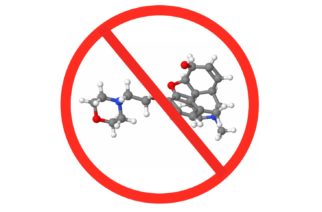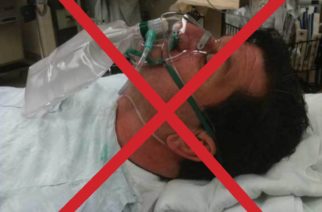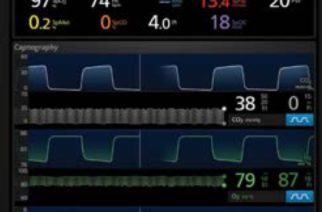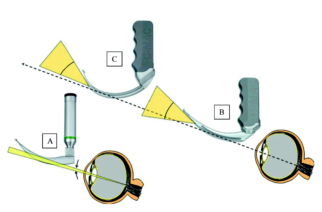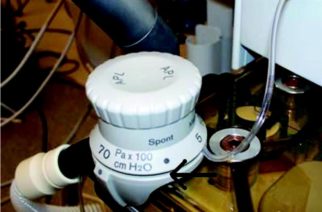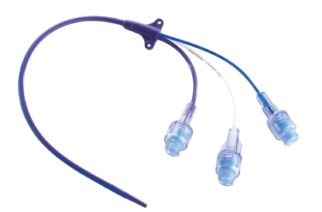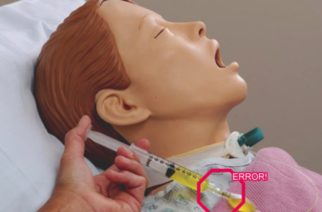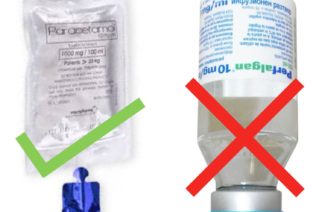It goes without saying that a basic principle in a high risk industry like healthcare is ensuring all staff are properly trained to perform their tasks, and demonstrate regularly that they can maintain their skills. It should be a given. But surprisingly, it’s not. At first glance, you might find […]
Latest Projects
Mobile Phone Reception Survey
We’re trying to improve mobile phone reception in hospitals in the interest of better patient care. Australian hospital staff can you help? Please consider completing & sharing this very brief (<1min) survey: CLICK HERE Perhaps one of the greatest obstacles to optimal patient care is an inability for front line […]
Ban Pholcodine
Pholcodine is an opioid drug found in some cough suppressants. It’s banned in several countries which as a result have much lower death rates from severe allergic reactions to anaesthetics. These countries supply alternative cough suppressants with similar efficacy which do not pose this risk. Pholcodine in cough suppressants puts […]
Optimal Pre-Oxygenation?
Pre-oxygenation is a vital part of airway management immediately prior to intubation and any situation where airway control is taken away from a patient. We often overestimate our ability to predict airway difficulty – in one study of 3991 difficult intubations 93% were unanticipated (see here). Further the NAP4 study […]
Gas Monitoring
Anaesthetists have been using gas analysers for years (see here). Access to this equipment in other resuscitation environments will improve patient safety. We support availability of gas analysers (oxygen analysers & capnography) in the following locations: – theatre recovery – emergency resus bays – all arrest trolleys – neonatal […]
Video & Direct Laryngoscopy
Devices allowing simultaneous video & direct laryngoscopy represent a safety advantage over either direct laryngoscopes or video laryngoscopes. Intubation is more likely to be successful, with less airway trauma (see here). Devices which allow a video laryngoscopic view for others to see are particularly helpful (see here). In some […]
TGA replace all old Draeger APL valves in Australia
The Draeger anaesthetic machine has a poorly understood issue with its APL valve. When lifted it is actually open – even though it appears closed – creating an inability to pressurise the breathing circuit. There are numerous reports of adverse events related to this issue. A redesign of the valve […]
Central Line Related Air Emboli
Central lines are essential for the care of many patients, however we estimate at least one patient dies worldwide every day from central line related air emboli. The image above is from a CNN report – one of thousands of similar cases. All of these cases are avoidable. Frequently Asked […]
Standards for medical device connectors
Recently a tragic mix up where oxygen tubing was connected to a urinary catheter resulted in the death of ex-Socceroo Steve Herczeg (see here). ‘How can anyone make this mistake?’ Unfortunately events like this occur regularly – we often only hear of them via the media – our error report […]
IV Paracetamol: Bags not Vials
The delivery of paracetamol from a glass vial allows air to enter the intravenous giving set risking venous air embolus. Paracetamol is already presented in bags which don’t entrain air and is used in this form without issue in many hospitals. The distraction afforded through keeping a watchful eye on […]



